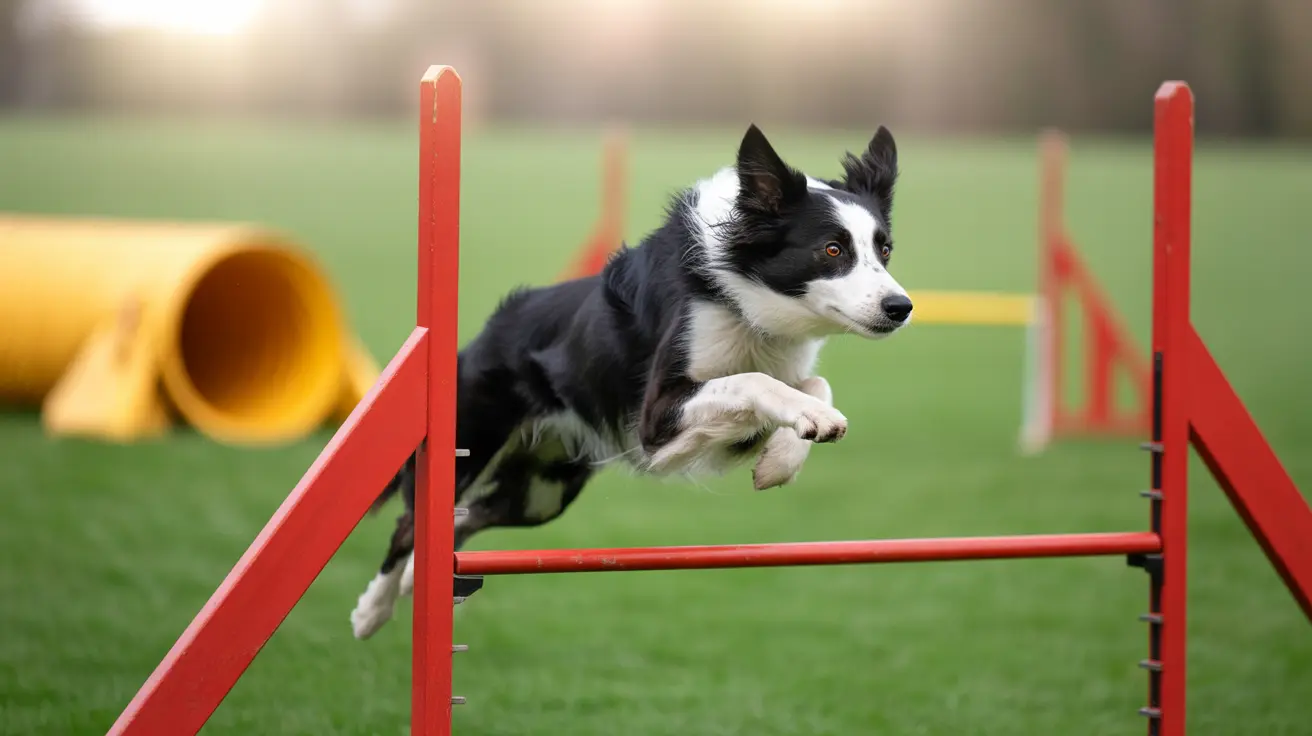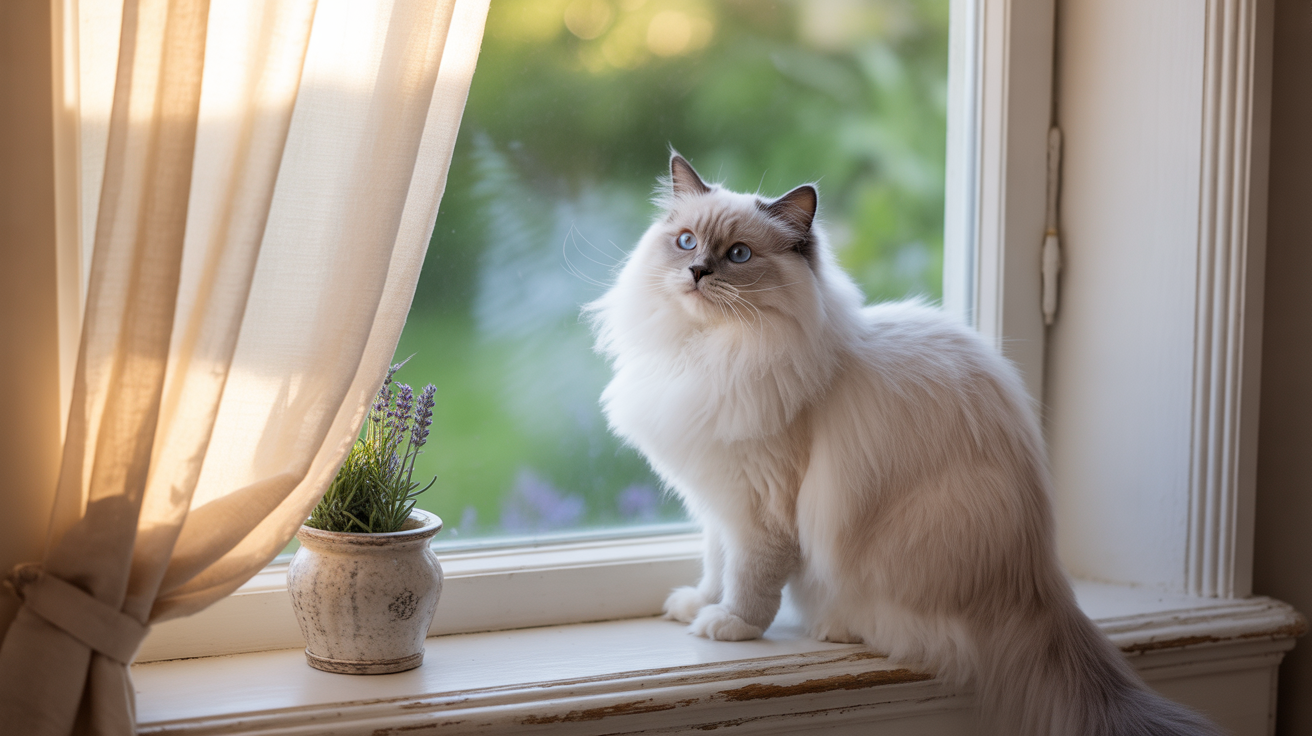Can Dogs Get Leptospirosis From Grass?
Leptospirosis is a serious and potentially deadly disease affecting dogs worldwide. Caused by the bacterium
Leptospira, this condition is zoonotic, meaning it can spread between animals and humans. One of the lesser-known but crucial transmission routes includes exposure to contaminated
grass and soil. This article explores how dogs can get leptospirosis from grass, the symptoms to watch for, and how to prevent infection.
Understanding Leptospirosis
Leptospira bacteria are commonly found in
urine-contaminated water and moist environments. Dogs become infected when these bacteria enter through
cuts in the skin or
mucous membranes, a process that can happen simply by walking through or sniffing wet, contaminated grass.
How Grass Becomes a Source of Infection
The risk from grass arises when it is contaminated by the urine of infected wildlife such as:
- Rats
- Raccoons
- Skunks
- Opossums
- Deer
- Squirrels
These animals commonly urinate in outdoor spaces, including backyards and parks.
Leptospira can survive in moist soil or grass for
weeks to months, especially in
humid or rainy climates, making these environments hazardous.
Who Is at Risk?
While higher risk is typically associated with rural or wooded areas,
urban dogs are also vulnerable. Dogs who visit public parks, daycares, or boarding facilities can also contract the disease via contaminated areas.
At-risk groups include:
- Dogs with outdoor access
- Active or working dogs
- Puppies and younger dogs (more severely affected)
- Unvaccinated dogs
- Dogs in high rainfall areas
Common Symptoms of Leptospirosis
Leptospirosis symptoms can be nonspecific and mimic other diseases. Possible signs include:
- Fever
- Vomiting
- Abdominal pain
- Diarrhea
- Muscle pain and stiffness
- Lethargy and weakness
- Increased thirst and urination
- Jaundice (yellowing of the skin or eyes)
Without prompt treatment, complications like
acute kidney injury or liver failure can develop.
Diagnosis and Treatment
Diagnosis is based on clinical symptoms and confirmed with blood and urine tests (antibody panels or PCR tests). Treatment typically includes:
- Antibiotics like doxycycline
- IV fluids for hydration support
- Medications for vomiting and pain
- Dialysis or intensive care in severe cases
Early intervention is critical for survival and reducing permanent organ damage.
Preventing Leptospirosis From Grass and Soil
Dog owners can significantly reduce risk with these strategies:
- Vaccination: The leptospirosis vaccine protects against major serovars and is recommended annually.
- Control rodent and wildlife access: Ensure your yard is clean and secure.
- Limit exposure to wet, grassy areas: Especially after rain or in areas frequented by wildlife.
- Practice good hygiene: Wear gloves when cleaning up dog waste, especially from sick animals.
- Monitor your pet: Watch for symptoms and seek veterinary help promptly.
The Importance of Vaccination
Most veterinarians strongly recommend the quadrivalent leptospirosis vaccine, which covers the four main strains:
- Canicola
- Icterohaemorrhagiae
- Grippotyphosa
- Pomona
Vaccination significantly reduces the risk of serious illness and organ failure. While it does not cover all 250+ strains, it provides substantial protection, especially in high-risk areas.
Conclusion
Yes, dogs can get leptospirosis from grass, particularly when it’s been contaminated by infected urine. Pet owners should be vigilant, especially those living in humid or urban areas where dogs are exposed to communal grass or soil. Combined with annual vaccination and environmental precautions, knowledge is the best defense against this dangerous and preventable disease.





